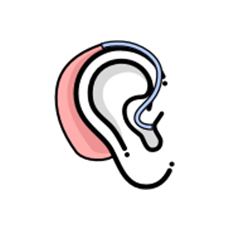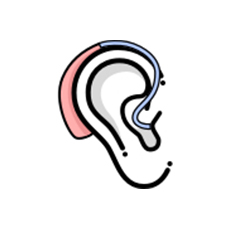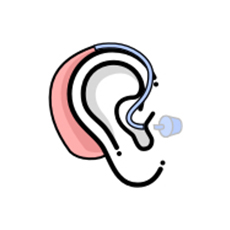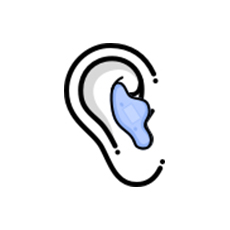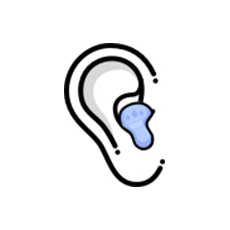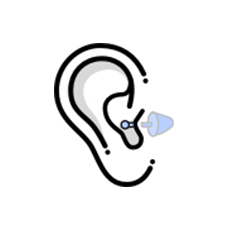Eargo
- Featured model
- Eargo 7
- Featured model starting cost
- $2,950 per pair
- Trial period
- 45 days
- Warranty
- 2 years
The Eargo 7 is a good choice for those who want a discreet, rechargeable device. The hearing aid comes with the company’s Sound Adjust+ feature, which automatically adjusts your device settings to help you hear best in your current sound environment. It also uses the company’s self-fitting technology if you’d prefer to skip an in-office appointment and adjust the hearing aid yourself at home.
Other models are also available, and Eargo’s hearing aid costs start as low as $77 and go up to $84 per month with financing, depending on the model you choose. You can get a hearing check through the company’s website to find out if you’re a suitable candidate.
Eargo has a 4.5-star overall satisfaction rating as of publishing. In 2022, about 67% of reviewers said they would recommend the company to a friend. Some highlights from happy reviewers include:
- Comfortable to wear
- Great technology
- Good price
- Good battery














